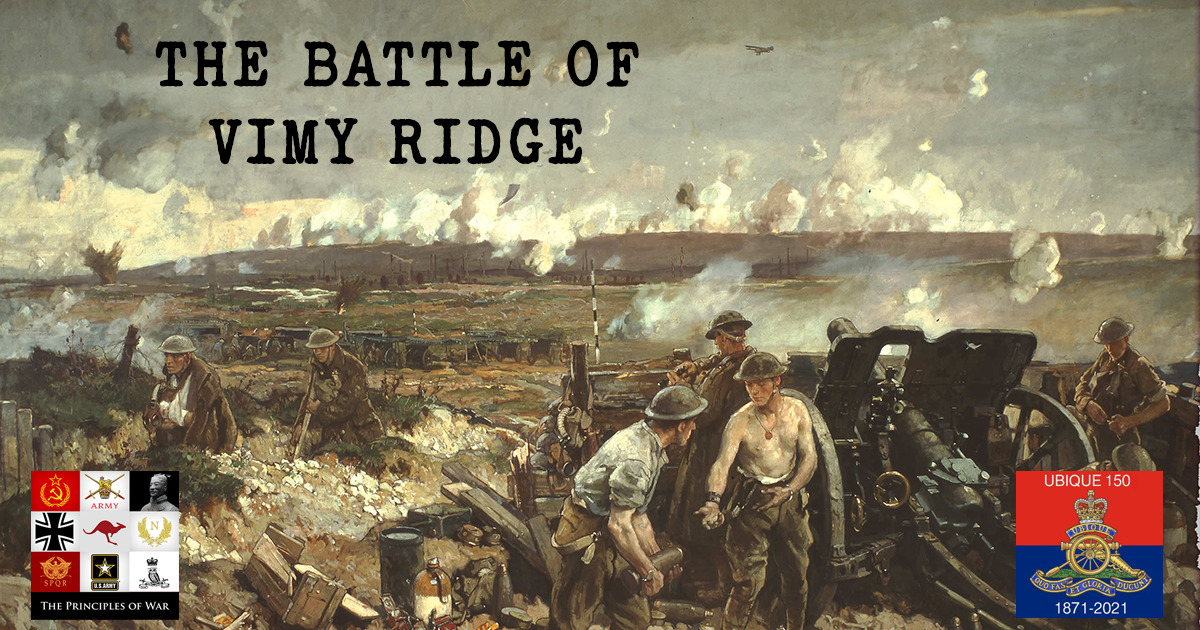This is a special miniseries on Vimy Ridge to celebrate 150 years of Permanent Artillery since the formation of A and B Batteries, Royal Canadian Artillery.
This episode looks at ArtiFlash Spotting, the work of Andrew McNaughton and the role of the CBSO.
We look at the development of the ‘dark art’ of artillery and in particular Counter Battery fires.
We discuss the Harold Hemming, the inventor of the flash spotting light and buzzer board. In his book on artilleryu survey thjat he co authored with Lawrrence Bragg, he describes the ingrained resistance to new ideas, based on Boer War experiences. A Brigadier General, Royal Artillery, stated in 1916,
“You damned surveyors with your co-ordinates and angles and all the rest, are taking all the fun out of war; in my day we galloped into action and got the first round off in thirty seconds”. To which I could quite well have replied, “Yes, sir, and you hit nothing with it except possibly the backs of your own infantry”.


Andrew McNaughton and the development of the Counter Battery Office.
General Andrew McNaughton had a background in science and he used his understanding to support the development of artillery locating techniques. He fused these and other sources together to significantly improve the capabilities of the Counter Battery Office. Vimy was in large measure a success because of the capabilities of the Canadian Artillery to locate and nbeutraliser German Artillery.
At the end of the war at the age of 31, he was promoted to BRIG GEN and General Officer Commanding, Canadian Corps Artillery. In 1942, he would command the First Canadian Army.
The podcast also discusses the development of the Canadian pre-battle fire plan and developments on the Eastern Front under Georg Bruchmueller and the Pulkowski method.

By preserving Surprise Bruchmuller enabled breakthroughs by German infantry through stunned Russian defences. Following the surrender of the Russians in 1917, Bruchmuller was transferred to the Western Front where he supported planning for Operation Michael. This Operation would see 3.5 millions rounds fired in just 5 hours.
Listen to this episode for more details about the Canadian fire Plan for Vimy Ridge.








1 comment
[…] The primary idea behind the CB battle is that it is far, far better to give than to receive. We look at current CB doctrine, and compare that with how the CB battle was fought in 1942. We look at sound ranging and flash spotting and how that was fed into the Counter Battery Office. We covered the development of the Counter Battery Office in our episode on Vimy Ridge. […]